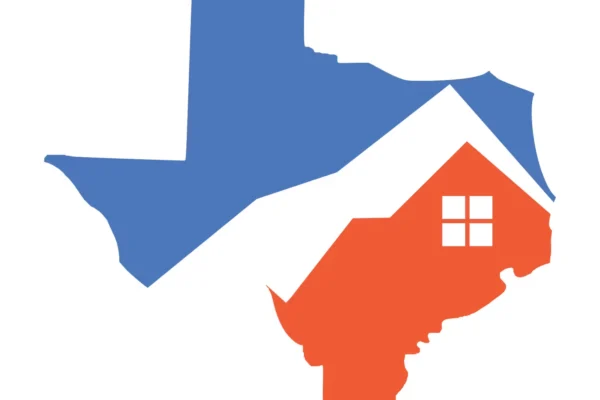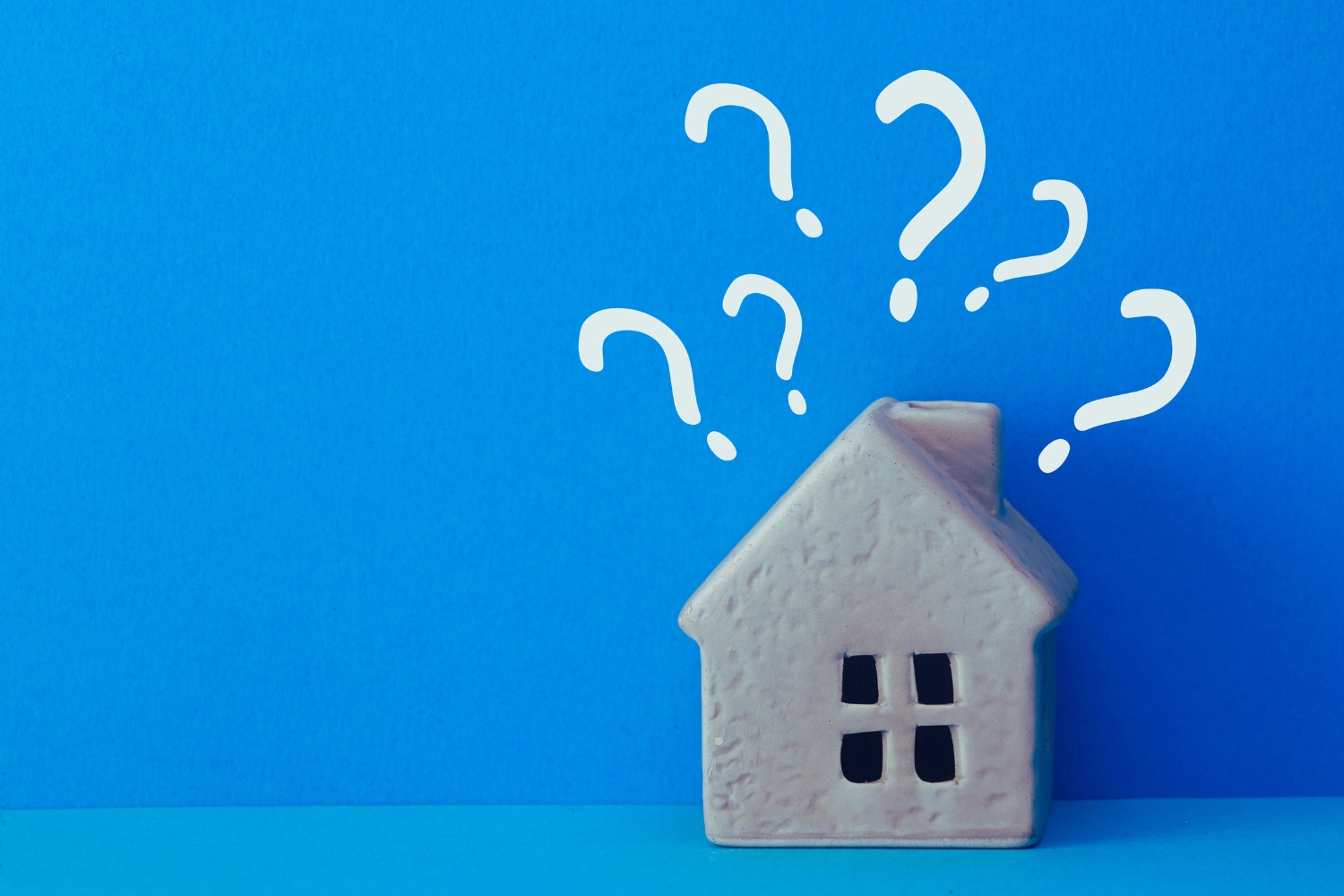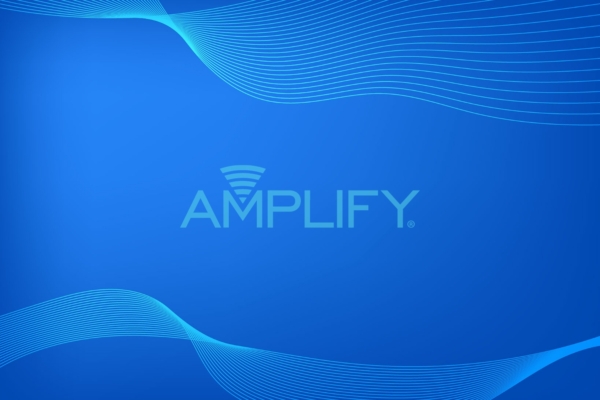
12 Questions Before Applying for a HELOC

When it comes to financing major expenses or managing unexpected costs, a home equity line of credit can be a valuable financial tool. Whether you’re planning home renovations, consolidating debt, or tackling a household emergency, a HELOC offers flexibility and potentially better terms than other forms of borrowing.
However, before jumping into the world of HELOCs, it’s essential to understand the basics and ask the right questions.
The Basics of HELOCs
Before getting into the details of applying for a HELOC, let’s go over the concepts behind this loan product.
1. What is a HELOC?
A home equity line of credit (HELOC) is a type of loan that allows homeowners to borrow against the equity they have built in their homes.
Unlike other types of equity loans where you receive a lump sum upfront, a HELOC acts as a revolving line of credit. This means that you can borrow funds as needed, up to a certain limit, and only pay interest on the amount you borrow. As you repay the borrowed amount, the credit becomes available to you again, similar to a credit card.
2. How does a HELOC work?
When you are approved for a HELOC, you are granted a predetermined credit limit based on the amount of equity in your home, among other factors. You can access the funds through various means, such as checks, a debit card, or online transfers.
The draw period, typically lasting 5 to 10 years, is the time during which you can borrow from the HELOC.
During the draw period, you have the flexibility to use the funds for various purposes, such as home improvements, educational expenses, or consolidating high-interest debts. It’s important to note that the interest rates on a HELOC are usually variable, meaning they can fluctuate over time based on changes in the market.
3. What can I use a HELOC for?
One of the advantages of a HELOC is its versatility in terms of usage. You can use the funds for a wide range of purposes, including:
- Emergency expenses: A HELOC can serve as a safety net for unexpected financial burdens, such as repairing a broken water heater, replacing a faulty AC unit, or addressing other household emergencies.
- Home renovations or remodeling projects: HELOCs provide an excellent way to finance renovations that can potentially increase the value of your home.
- Debt consolidation: If you have multiple high-interest debts, consolidating them into a HELOC can help simplify your finances and potentially lower your overall interest costs.
With a solid understanding of the basics, let’s explore some key questions that will help you make an informed decision about borrowing through a HELOC.
From Mortgages to Home Equity Loans
Our local, award-winning lending team is ready to help you begin today.
What to Ask Before Applying for a HELOC
Asking the right questions is crucial when applying for a home equity line of credit. It will help you understand how much you can borrow, the costs associated with borrowing, and rules to keep in mind when using your HELOC.
4. How much equity do I have in my house?
Before applying for a HELOC, it’s important to figure out how much equity you have in your home.
Equity is calculated by subtracting the outstanding balance on your mortgage from the current appraised value of your home. Lenders or state governments may have specific requirements regarding the minimum equity you need to qualify for a HELOC. For example, homeowners in Texas must typically have at least 20% equity and can borrow no more than 80% of their equity at any given time.
5. How much can I afford to borrow?
The amount you can borrow through a HELOC depends on various factors, including your home equity, creditworthiness, and the lender’s policies.
However, it’s important to consider not only the maximum borrowing limit but also what you can realistically afford to repay.
Assess your financial situation, evaluate your monthly income and expenses, and determine the amount you can comfortably allocate towards HELOC payments. Remember that defaulting on HELOC payments can put your home at risk of foreclosure, so it’s crucial to borrow within your means.
6. What is the interest rate, and will it fluctuate?
HELOCs typically have variable interest rates, meaning they can change over time based on fluctuations in the market.
It’s important to understand the current interest rate and how it may impact your monthly payments. Additionally, inquire about the factors that can influence interest rate changes, such as the prime rate or other benchmark rates.
While variable rates can provide opportunities for lower interest costs, they also introduce the potential for higher payments if rates rise. Consider your risk tolerance and financial stability when evaluating a HELOC with a variable interest rate.
7. What is the rate cap on the interest rate?
To protect borrowers from excessive interest rate increases, HELOCs often come with rate caps. A rate cap sets a limit on how much the interest rate can increase over the life of the HELOC. Ask your lender about the specific rate cap associated with the HELOC you are considering, as well as how frequently the rate is adjusted.
Understanding the rate cap can give you peace of mind and help you plan for potential interest rate changes.
8. What are the fees on the HELOC?
In addition to interest rates, HELOCs may have other fees. These fees can include an application fee, appraisal fee, annual fee, transaction fees, and more. Consider comparing the fee structures across different lenders to ensure you’re getting the most favorable terms for your situation.
9. What are the draw period and repayment periods?
The draw period is the length of time during which you can borrow from the HELOC. Typically, it ranges from 5 to 10 years. After the draw period ends, you enter the repayment period, during which you can no longer borrow and must start repaying the principal and interest on the borrowed amount.
Understanding the draw period and repayment period will help you plan your financial obligations accordingly and assess whether the timeline aligns with your needs.
10. What is the minimum draw amount?
Some HELOCs have minimum draw requirements, meaning you must borrow a minimum amount when initially accessing the funds or during subsequent draws. Ask about these minimum draw amounts to determine if they align with your borrowing needs.
Knowing the minimum draw amounts can help you assess the flexibility and suitability of the HELOC for your specific financial goals.
11. How will I access HELOC funds?
Understanding how you can access the funds from your HELOC is essential. Some lenders provide checks, a debit card, or online transfer options to access the available credit.
12. What are the repayment terms?
Discuss the repayment terms with your lender to fully understand your obligations. Determine the minimum monthly payment requirements and whether there are any penalties for early repayment or additional payments towards the principal balance.
Make the Right HELOC Decision for You
By asking these questions, you’ll gain a comprehensive understanding of your HELOC terms, costs, and conditions. With this, you can make an informed decision and ensure that a HELOC aligns with your financial goals and unique financial situation.




